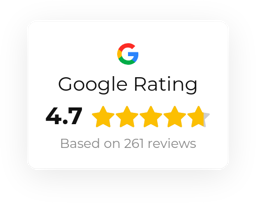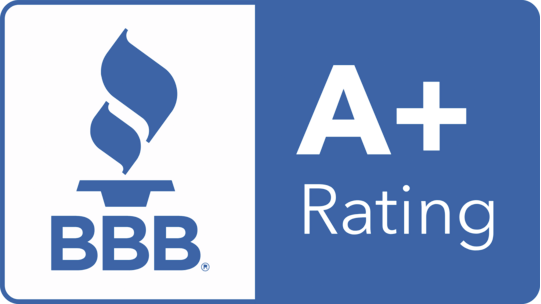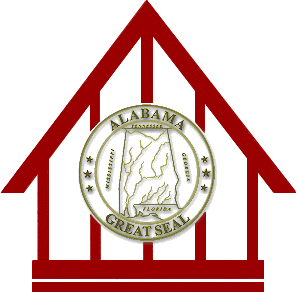Beating the Rental Market Slowdown
Understanding the Seasonality of the Rental Market and its Impact on Property Rentals

The rental market is a dynamic environment, influenced by various factors that can fluctuate throughout the year. Seasonality is one of the most significant drivers of these fluctuations, impacting everything from a property’s days on market (DOM) to tenant demand and rental pricing. For property owners and managers, understanding these seasonal trends can be crucial in developing strategies to maximize occupancy rates and rental income, while minimizing vacancies.
How Seasonality Affects the Rental Market
Seasonality in the rental market refers to the predictable, cyclical changes in demand that occur throughout the year. Typically, demand for rental properties is highest in the spring and summer months and begins to slow down in the fall, hitting its lowest point during the winter. This shift in demand can be attributed to several factors:
School Cycles: Many families prefer to move during the summer months to avoid disrupting their children's school year. This results in higher demand for rental properties, particularly larger homes or apartments with multiple bedrooms, during the late spring and summer.
Weather Conditions: Warmer weather in the summer is more conducive to moving, making this the preferred time for most people to relocate. In contrast, moving during the winter months, especially in regions prone to cold weather, snow, or ice, can be inconvenient and even hazardous, leading to a reduction in the number of people looking for rental properties.
Job Relocation: Companies often align employee relocations or transfers with the beginning of the fiscal or calendar year, creating another peak in demand in late spring and early summer.
These factors combined mean that properties tend to lease more quickly in the summer months, with shorter DOM. Conversely, properties that hit the market during the fall and winter months may sit vacant for longer periods, as fewer prospective tenants are actively searching.
The Impact of Seasonality on Days on Market and Rental Income
When demand is high during the spring and summer, rental properties often move quickly, resulting in lower DOM. In these high-demand seasons, property owners may also have the leverage to command higher rental prices and have a broader selection of tenants to choose from. However, this dynamic changes as the market slows down in the fall and winter. Properties may stay on the market for longer periods, and owners may have to lower their rental rates or offer concessions (such as a free month of rent or reduced security deposits) to attract tenants.
For property owners, these seasonal fluctuations pose challenges to maintaining consistent cash flow and occupancy rates. A vacant property means lost rental income, and even brief vacancies can significantly impact an owner's annual return on investment.
How Revitalize Realty’s 2-Year Lease Option Can Help
One effective strategy to mitigate the impact of seasonality on your rental property is to offer lease options that encourage tenant retention. Revitalize Realty’s 2-year lease option with a 5% rent escalator is an innovative solution that provides stability and security for both tenants and property owners.
Here’s how this lease structure works and why it’s beneficial:
Longer Lease Terms Encourage Tenant Retention: By offering a 2-year lease, tenants are less likely to move out during the slow winter months, when finding a replacement can be more difficult. This extended commitment reduces the likelihood of having a vacancy during the off-season, ensuring more consistent rental income for property owners.
5% Rent Escalator: The inclusion of a rent escalator allows property owners to gradually increase rent over time, keeping up with inflation and market trends without requiring frequent lease renegotiations. For tenants, the modest 5% increase is predictable and manageable, making it an attractive alternative to moving and facing the uncertainty of new rental prices elsewhere.
Avoid Vacancies During the Slow Season: With tenants locked into a 2-year lease, property owners reduce the risk of their property becoming vacant during the winter months when demand is lower. This feature provides peace of mind, knowing that rental income is secured for an extended period, even during the market’s slowest season.
Cost Savings for Owners: Property turnovers can be costly for owners, with expenses ranging from cleaning and maintenance to marketing and tenant screening. By retaining tenants longer, these costs are minimized. In addition, owners are less likely to need to lower rent or offer concessions to attract new tenants during the slow season, further protecting their revenue.
Seasonality is an inevitable factor in the rental market, influencing everything from demand and pricing to how long a property stays on the market. Property owners who understand these trends can better anticipate the challenges of the slow season and develop strategies to mitigate its impact. Implementing a solution like Revitalize Realty’s 2-year lease option with a 5% rent escalator can help ensure consistent occupancy and rental income, even during the winter months. By securing tenant retention and minimizing turnover costs, property owners can enjoy greater financial stability year-round.






























